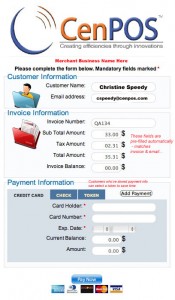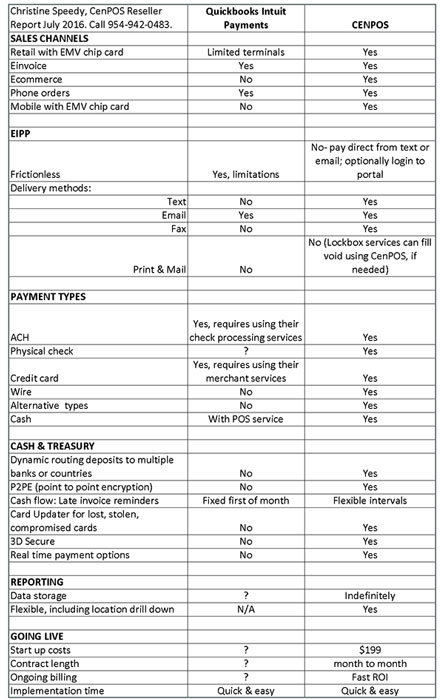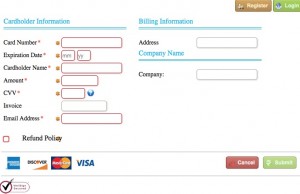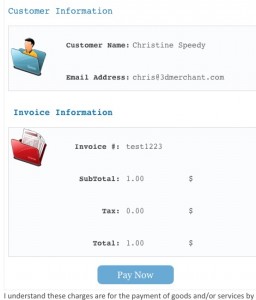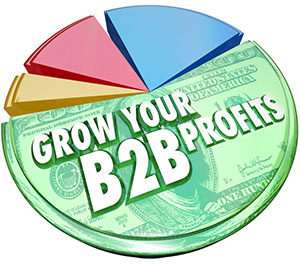 The last mile in any business to business transaction, collecting payment, can be a point of friction or a seamless part of a great buying experience. Too often, its the former due to a multiple roadblocks including paper invoicing, and accounts receivable staff availability for time zone differences.
The last mile in any business to business transaction, collecting payment, can be a point of friction or a seamless part of a great buying experience. Too often, its the former due to a multiple roadblocks including paper invoicing, and accounts receivable staff availability for time zone differences.
Established family businesses often have the same customers for generations and they’re fiercely loyal. Or are they? In a Bain & Company survey of 290 executives in B2B industries throughout 11 countries, 68% of respondents said customers are less loyal than they used to be. Technology can be a game changer for increasing loyalty.
Common business to business billing scenarios for distributors without ecommerce capabilities:
- Distributor A sends invoices via text or email and lets their customer choose their experience and how they want to pay. Pay from the email/text or login to a portal? Store and tokenize ACH or credit card or manually enter each time? Send check in the mail?
- Distributor B sends invoices via email and requires customer to login to a portal to make payments.
- Distributor C has an online pay page customers can use to pay any amount.
- Distributor D send invoices via email, and customers send checks in the mail.
- Distributor E sends invoice and credit card authorization form via email, then gets a fax back, key enters into a virtual terminal.
Which billing strategy delivers the optimal customer experience? Customers want to interact with you in multiple ways, so if you’re still doing business the same way you have for decades, customers have likely shifted some of their business, or maybe all of it, to another vendor. Price is not the likely culprit. In a retail study about millennials, just 15% always purchase from the lowest price retailer, while 38% cited convenience as a reason to not purchase. 58% said they’d take advantage of self-checkout on their own mobile device.
What does this mean for B2B distribution companies? Think like your customers. Are you making it easy to do business? Are you increasing their efficiency? What’s the opportunity cost of not updating? I once sought a new distributor for a product an existing supplier discontinued. I found one, but didn’t place the first order. Why not? They required calling in with my credit card information citing it would be more secure. We were in different time zones and the phone was busy, or the person at lunch, and it was just plain inconvenient to keep trying.
A distributor recently advised me they don’t store anything – they require a credit card authorization form for every single purchase. Talk about driving customers away! Even a simple hosted pay page can alleviate the need for paper forms, immensely increase customer convenience, and increase cash flow to boot. While increasing a credit line is a possibility, some customers use them as a tool to self-manage credit, increasing purchasing without having to interact with anyone.
Invoicing and payment technology updates are critical to garnering customer loyalty, regardless of the payment type. The more flexible the solution, the more likely each customer can interact with your business via their preferred method. Today’s technology supports a myriad of payment types, including ACH, credit card, wire and others, and multiple ways to interact for making payments from email to text and beyond. Delighted customers are more loyal and more likely to refer new business.
Christine Speedy is an authorized reseller for CenPOS, a cloud-based, end-to-end payments engine that drives enterprise-class solutions for businesses, saving them time and money, while improving their customer engagement. The secure, cloud-based solution optimizes acceptance for all payment types across multiple channels without disrupting the merchant’s banking relationships. 954-942-0483

